The Royal Air Force (RAF) has begun trials of First Person View (FPV) drones deployed from a Chinook helicopter.
According to a recent update from the RAF, these FPV drones are being tested due to their proven effectiveness in recent conflicts, their tactical advantages on the battlefield, and their ability to be rapidly integrated with minimal training.
The RAF highlights that FPV drones, particularly those equipped with thermal imaging, can greatly enhance night-time operational capabilities, reducing risks associated with crewed missions in low-visibility conditions.
In a statement on LinkedIn, Alistair Carns, the Minister for Veterans and People in the Ministry of Defence, praised the initiative, saying:
“Amazing… now on to do it with tens of drones… well done the RAF. Imagine a helicopter deploying drones that can spread out 45km from the mothership, search, find and strike targets if required. The future is all about manned and unmanned teaming using capital platforms to deploy mass that increases range and importantly lethality. On land, in the air and at sea (on the surface and below).”
Carns suggested that integrating manned and unmanned systems could create a network of interlinked platforms capable of monitoring every sector of the battlefield. He described it as a “Russian doll effect” of interconnected systems, enhancing situational awareness and combat effectiveness.
FPV drones have gained prominence in military applications for their agility, low cost, and ability to perform a wide range of roles, from reconnaissance to strike missions. Their use has been notably effective in recent conflicts, including in Ukraine, where drones have been used to provide real-time battlefield intelligence and deliver precision strikes.
The deployment from a Chinook helicopter adds a new dimension to the RAF’s capabilities, enabling rapid deployment and extended operational reach.


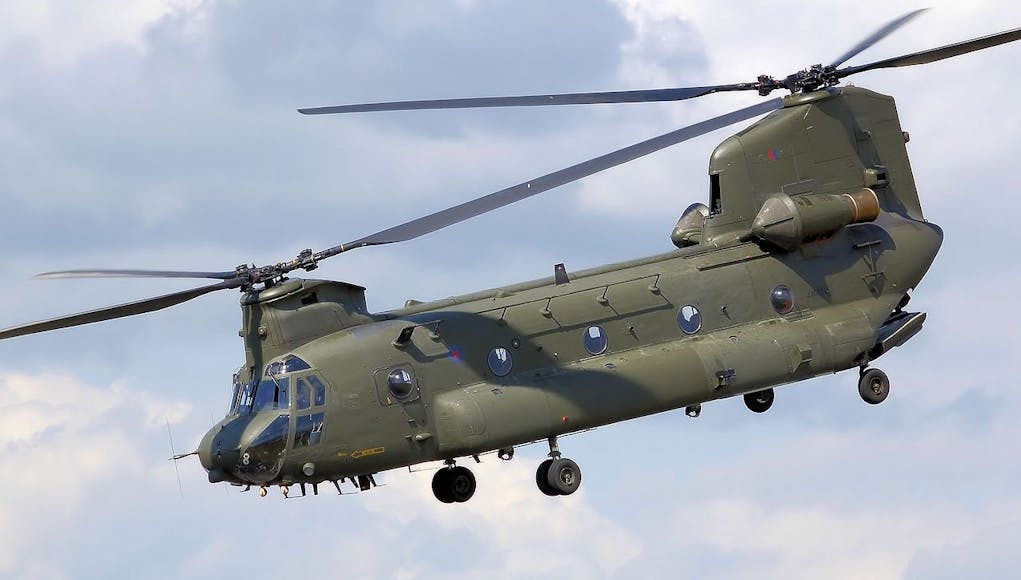
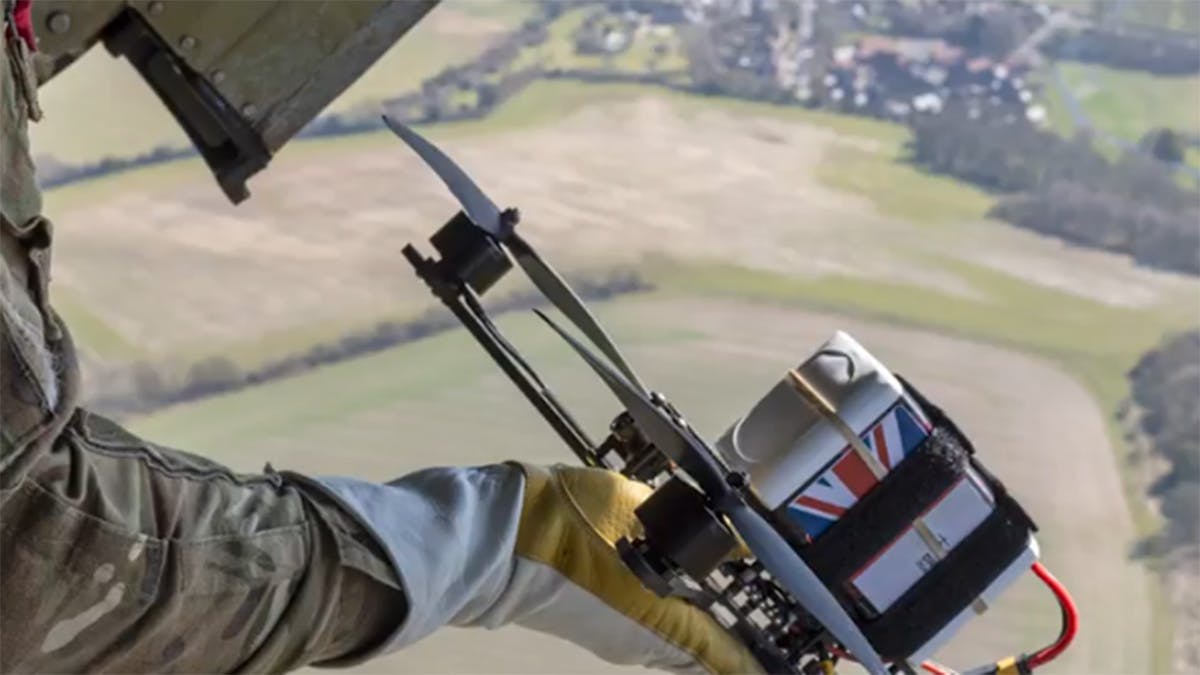




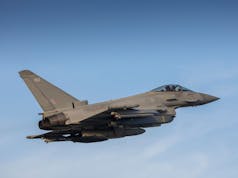

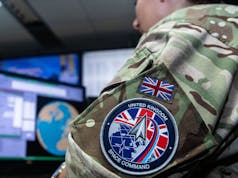
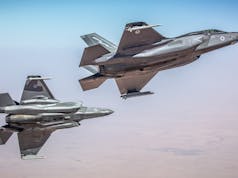
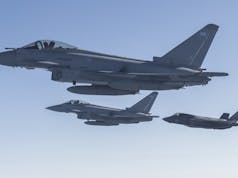


ISTAR drone webs incoming – No doubt possible to develop a second overwatch layer to the FPVs with greater endurance and capabilties (crowsnest replacement?). Potentially to control the whole web from a single station allowing large areas of battlefields to become see through. Could push LO detection further out too. Granular addition to FADS?
Why a Chinook? Why launch a tiny drone with huge down draught?
You’re not going to fly a Chinook over a contested area of battlefield or even close to it?
Surely you’d launch the tiny drones from an attritable platform like a remote piloted Otter or Beechcraft?
I can think of quite a few reasons to pick the Chinook as the mothership. The first is clearly the cabin size and the large rear ramp. Meaning that a number of operators can be carried, whilst also carry a large number of drones. The large ramp area allows easy launch and recovery (as seen in the video).
The second is the Chinook’s speed and range. You could quite easily use it for fire fighting, ie going from one hot spot to another that are separated by a large-ish distance. Then use the drones to scout the area and if need be pacify it,
The downwash generated by a Chinook is famously strong, as the winds can reach over 50mph. However this is not the same all around the aircraft. The starboard side is worse, as this is the side the intermeshing blades separate. From the rear end approaching the ramp the speeds are lesser. Still kicks up lots of stones mind when on the ground when coming in to land or taking off.
Fantastic. Get on with “Motherships” PDQ. However, …can hear and feel a bloomin’ Chinook coming for miles.
Not if it’s low down!
When they get down amongst the hills Chinooks can actually sneak up pretty well. But when they’re up above 1000 feet, you can hear them before they come over the horizon, like the flying equivalent of jet skis.